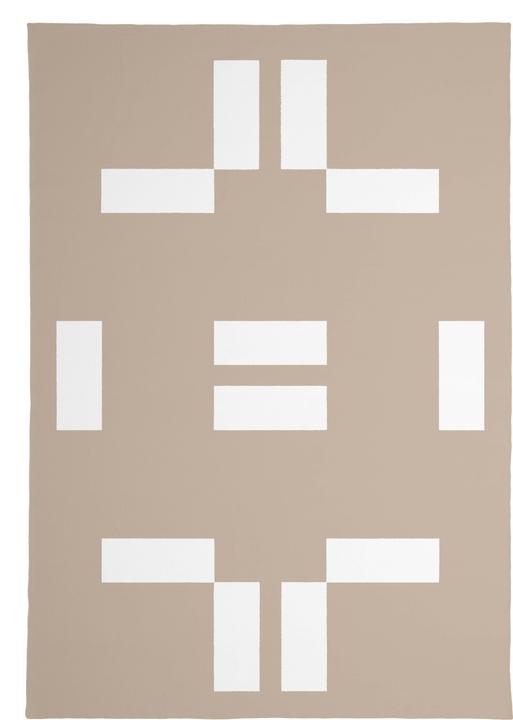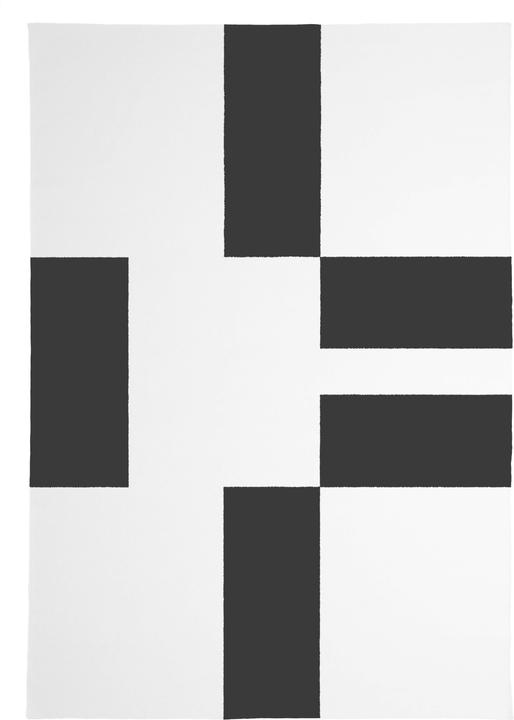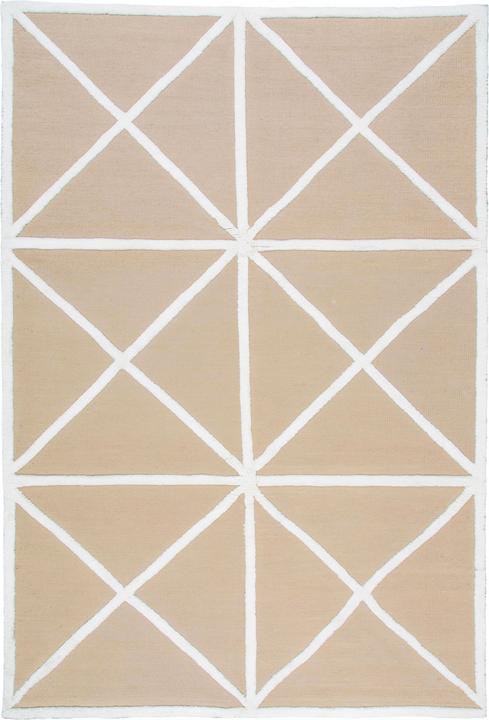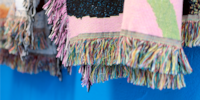

Maana Studios is shaking up the market with an age-old style of rug
Matteo Lettieri was selling leather bags when he had the idea for a second project: Maana Studios, a brand of Moroccan Berber rugs. Although the design isn’t new, the things this Zurich-based creative and his team are doing with it certainly are.
Very few people are as guided by their intuition as Matteo Lettieri. Even back as a creatively-talented business student, he knew he wanted to set up a company of his own. After his first trip to Morocco in 2012, he was sure what that company would be: Nasire, a brand of handmade, Moroccan leather bags. «There was a sense of incoming change there that I really liked – I wanted to be part of it,» Matteo says. «We built the brand successfully, but our designs were selling better in our Marrakech store than in Switzerland. Apparently, nobody in this country was waiting for another bag label to come on the scene.» So in 2020, he pursued another idea and founded a second brand.
People had increasingly been asking Matteo, a 34-year-old Zurich resident, about Berber carpets from Morocco. He chalked up the demand to the emerging interest in 50s and 60s decor: «People would often mention design greats such as Alvar Aalto, Le Corbusier or Eames (the married couple of designers), who favoured rooms with Berber rugs,» Matteo says. With no real supplier of that type of rug in Switzerland at the time, Matteo decided to close the gap. He started the brand My Beni, which has since been renamed Maana Studios.
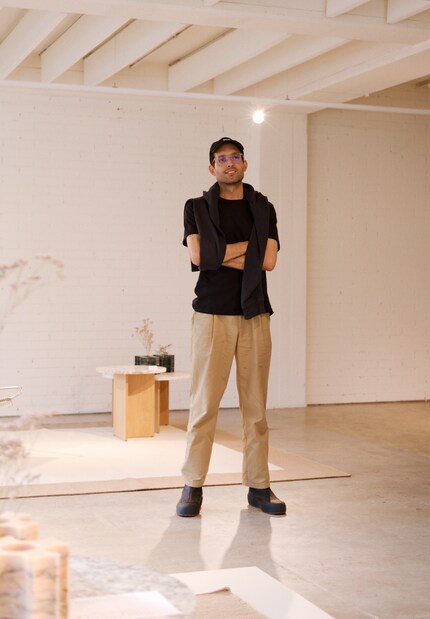
Source: Pia Seidel
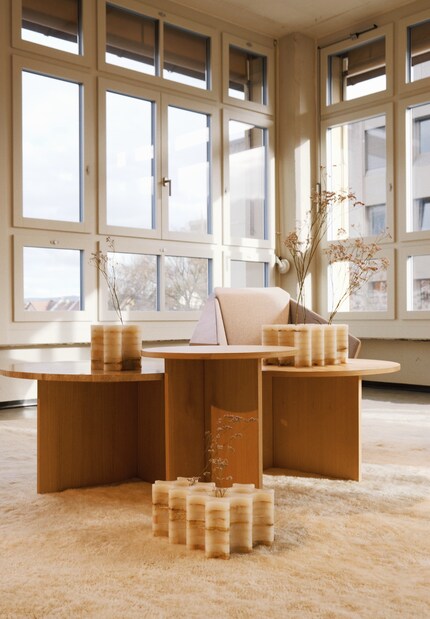
Source: Pia Seidel
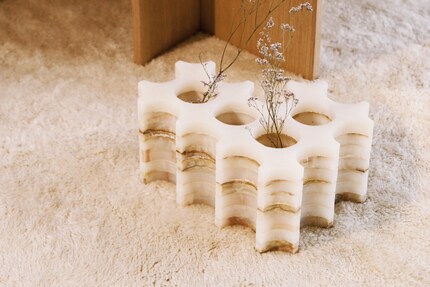
Source: Pia Seidel
Hand-knotted, timeless masterpieces
Thanks to the contacts he’d already made, Matteo quickly found the right partners for manufacturing his plush rugs. He worked closely with them on site to create a high-quality, ethically- and sustainably produced rug. «A lot of places sell similar rugs,» Matteo says, «but not at the same price and not in the same quality – you can even order ours made-to-measure.» Maana Studios rugs are certified by STEP, a Fair Trade non-profit organisation advocating for the welfare of workers in the handmade rug industry.
The light-coloured rugs quickly became popular in Switzerland, Germany and Austria. Their appeal was down to the fact that despite their delicate appearance, they’re actually very robust. Matteo says: «In Morocco, they lie in the rubble and in places where goats or cows walk over them. Brands such as Zara Home and La Redoute have versions that look the same at first glance, but are made of polyester, viscose and plastic.» By contrast, the virgin wool used in traditional Berber carpets is anti-static and hypoallergenic. It also contains essential oils that make it dirt-repellent.
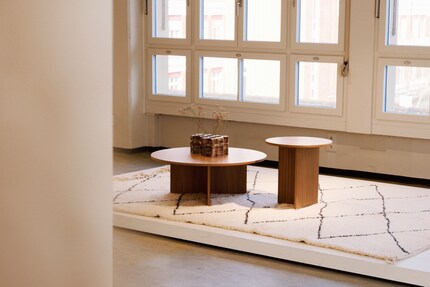
Source: Pia Seidel
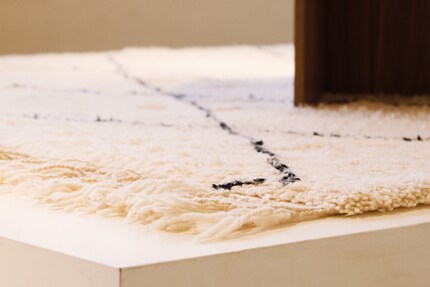
Source: Pia Seidel
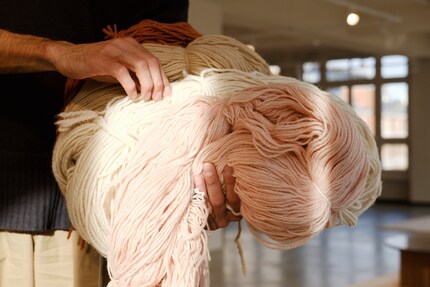
Source: Pia Seidel
Much like the rug-weaving process, building the Maana Studios brand took meticulous work and patience. Step by step, Matteo created an online shop, expanded the range to include ceramics and other home accessories from Morocco and organised pop-ups in Zurich so that the collection could be viewed in person. He also opened a Zurich showroom. In 2020, he ended up selling his bag label in order to devote his full attention to Maana Studios. When Fabrice Aeberhard, industrial designer and co-founder of Swiss eyewear brand Viu Eyewear, placed an order, Matteo took it as a sign. He delivered the rug personally, opting to follow his instinct again: «I really wanted to bring Fabrice on board because he’s a pro at building brands.» Having made Best Smile and Soeder great, Matteo considered him a perfect fit. Soon afterwards, Fabrice became Creative Director and member of the Board of Directors at Maana Studios.
New name, new selection
Now a six-strong team, it was time to tap Maana Studios’ undiscovered potential – and time for a change of name. «Maana» is an Arabic word which translates to «meaning» in English. It’s also close to «mano», the Italian and Spanish word for «hand», giving it associations with craftsmanship.

Source: Pia Seidel
Matteo decided to focus solely on Moroccan Berber and cashmere rugs and to offer his own designs. A once-marketplace for Moroccan home accessories transformed into a lifestyle brand with the launch of its first collection, Block, designed by Fabrice Aeberhard. Handmade in India, not Morocco, it consists of minimalist, geometric flatweave rugs. The company is also set to add its own vases and tables to the collection in the future.
«Berber carpets are often made at home rather than in a studio,» explains Matteo. «It’s a very old craft.» In order to make working with overseas partners easier, he and his team have developed their own software over the years and created production catalogues in Arabic. This is intended to help determine qualities and manage made-to-measure orders. However, Matteo says, they’re now reaching their limit. «We keep seeing discrepancies between the result and what we’ve ordered. Plus, a Moroccan rug takes 8-10 weeks to make.» By contrast, a Block rug from India only takes 4-8 weeks. The studio’s partners in India have optimised their process, offer their own colour system and guarantee consistent quality. That’s why customers have the option to choose the size, colour and motif of Block collection rugs themselves. «All we do is set some limits – say, 40 colours and 40 motifs.»
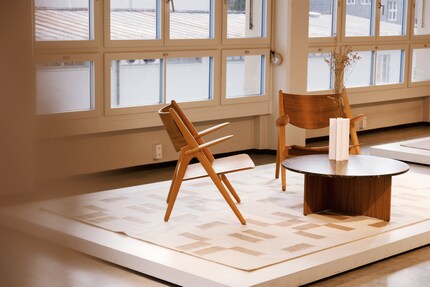
Source: Pia Seidel
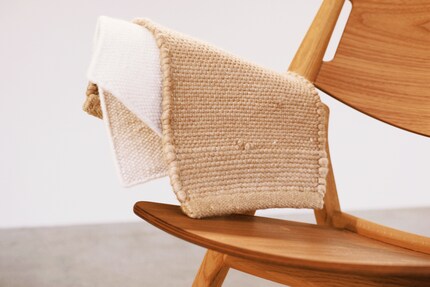
Source: Pia Seidel
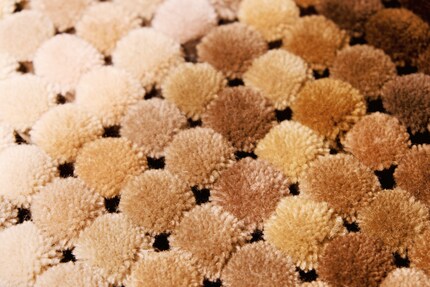
Source: Pia Seidel
Unconventional ways to sell a time-honoured product
Since founding Maana Sudios, Matteo has been shaking up the ever-so-slightly stagnant Swiss furniture sector. He doesn’t just sell Berber rugs through furniture stores, as is typical in the industry. Instead, he’s relied on his own online shop from the outset, and collaborates with interior design studios and architecture firms.
In the past, some furniture stores have been reluctant to allow brands to have a showroom where they can advise customers and sell products. These days, things are changing. Matteo says, «In the past, you couldn’t buy Vitra directly – you had to go through a retailer.» Nowadays, the company sells a small selection of products itself. It seems to have recognised that customers want direct contact with the brand. Maana Studios’ selected partners take a similar view and don’t see the young Swiss label as competition.
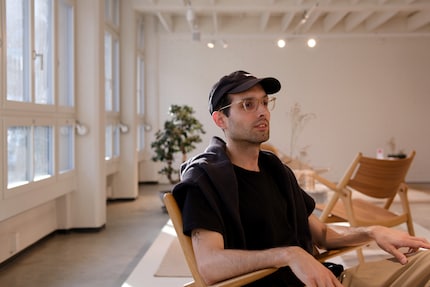
Source: Pia Seidel.
Matteo likes that his company «does a bit of everything». He thinks e-commerce, retail and customer assistance are its strengths. Although Maana Studios isn’t a traditional store, the showroom offers customers a place to communicate with the company directly. «Some people ask us why we want to do everything,» he says, going on to say this outdated attitude was occasionally taught during his university days. «At design school, you’ll quickly be lambasted if you’re brave enough to go ahead and design a table to earn money after you graduate.» Apparently, he says, you’re supposed to do an internship at another design studio first, then wait for a grant to start your own label. However, Matteo argues that designers can think commercially right from the start and choose to throw their hat in the ring: «Just start, learn from your mistakes and try to generate enough sales to make a living,» he says. «I know from experience that there’s a market in Switzerland that rewards courageous doers.»
Through Maana Studios, Matteo has realised that many people want to shop in a better, more timeless, more sustainable way. «Our target group want to distance themselves from the trend cycle dominant in fashion – a cycle that’s partly been adopted by the furniture industry too. This aligns with our philosophy: to sell time-honoured rugs that are just as relevant today as they were in the past.»
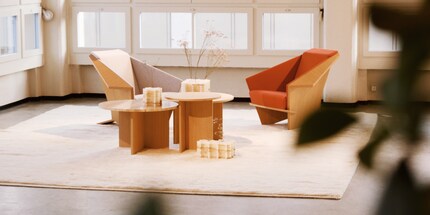
Source: Pia Seidel
Like a cheerleader, I love celebrating good design and bringing you closer to everything furniture- and interior design- related. I regularly curate simple yet sophisticated interior ideas, report on trends and interview creative minds about their work.
Interesting facts about products, behind-the-scenes looks at manufacturers and deep-dives on interesting people.
Show all

